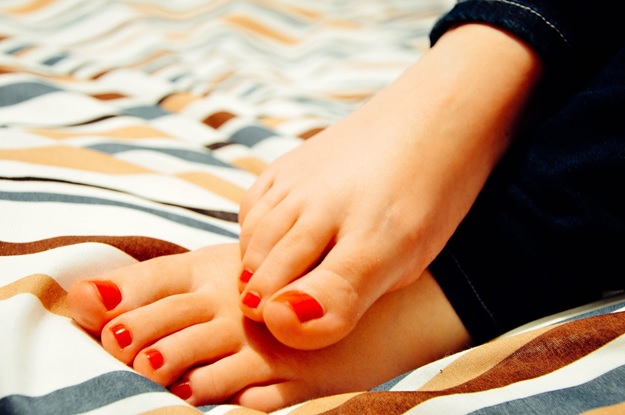
Bunions—They’re More Common Than You Think!
Bunions, also known as Hallux Valgus, are a common foot condition. They generally exist in the form of a painful bony bump on the joint near the outer edge of the foot.
The ailment affects 10–25% of the population, with women, seniors, and children being most likely to develop it.
A bunion’s anatomy isn’t complicated; it’s a consequence of the metatarsophalangeal (MTP) joint moving out of alignment. As a result, the joint gets larger, causing a swelling.
A bunion becomes a turnip-shaped bump when swollen and inflamed. That’s why it’s essential to seek bunion treatment before it worsens or causes further discomfort. Here are the causes, symptoms, and possible treatment options for bunions.
Causes
Bunions are primarily genetic. People who inherit a certain kind of foot structure are more susceptible to the condition; flat feet with flexible muscles and an unusual bone structure are largely at fault.
According to the American Podiatric Medical Association, wearing tight or small shoes can crowd the big toe bone together, resulting in a painful bump. Shoes with pointy toes and high heels make people vulnerable to bunions.
Signs of arthritis in your feet could also be an indicator of bunion formation. Women who stand for extended hours are at increased risk of developing bunions.
Symptoms
If you notice a bump on your big toe, you’ve most likely developed a bunion. An initial symptom of bunion development includes redness, swelling, and soreness around the big toe joint.
Additionally, corns or calluses could also indicate bunion formation when the toes experience friction as they move against each other. If you experience ongoing toe pain or limited big toe movement, it is a cause for concern.
Treatment
Treatment options for bunions include conservative measures like wearing a bigger shoe and a gel-filled pad. Surgical treatments include osteotomy and bunionectomy. Most clinicians recommend wearing shoes that are broad and flexible enough to support the foot by providing plenty of room in the toe box. Sandals, athletic shoes, and soft leather shoes are excellent choices for accommodating the bunion and restoring the foot’s structure.
Gel-filled pads and moleskins are available at drugstores and may also protect you against bunions. Moreover, wearing a splint at night may hold the toe straight and prevent discomfort.
If these conservative methods fail, foot and ankle surgeries can be used to restore the toe to its proper position. Bunionectomy is surgery for mild deformities in which an experienced surgeon realigns the muscles, tendons, and ligaments by shaving off the enlarged portion. Osteotomy is for severe bunions, and involves the cutting and repositioning of the bones.
It is common for there to be a long recovery process after bunion surgery. That’s why it’s crucial to choose a skilled foot and ankle surgeon to ensure a perfectly restored toe joint. Let us, at Foot & Ankle Institute, help by assessing, diagnosing, and adequately treating your feet and ankles.
Contact us for an appointment.
